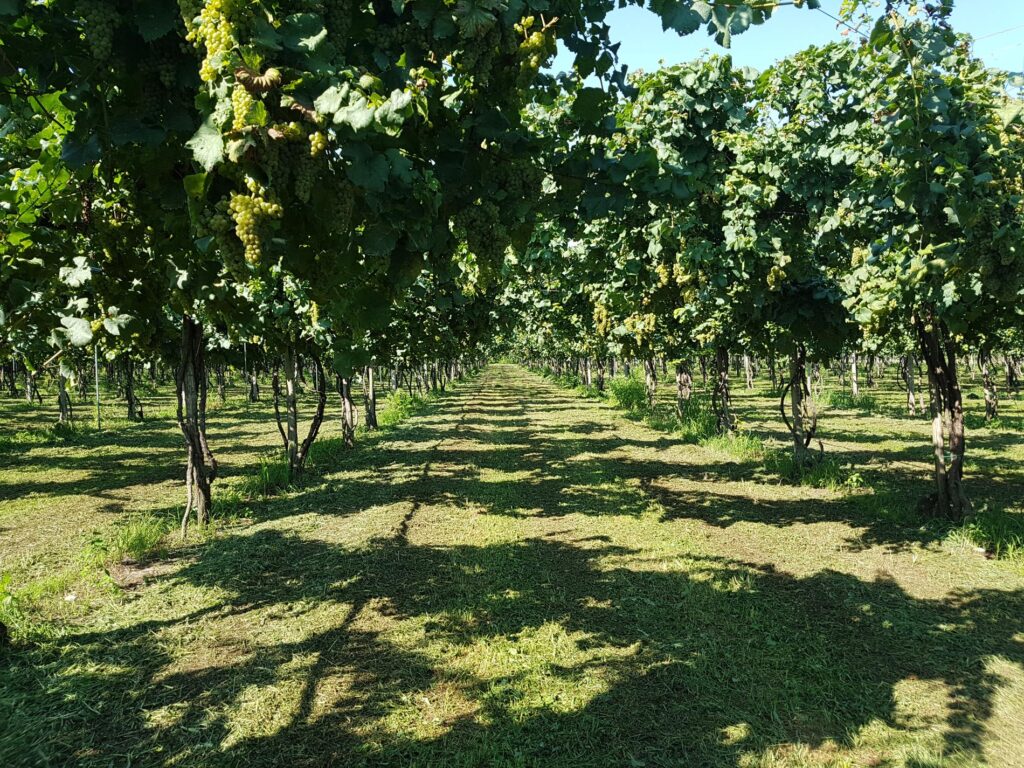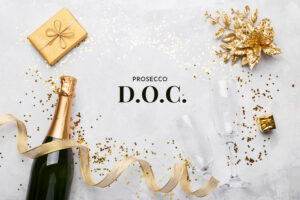In 2025, one of the most prominent trends in the global wine scene is undoubtedly Low Alcohol Prosecco—a lighter sparkling wine that caters to the growing demand for wellness, low-calorie drinks, and mindful alcohol consumption.
This new version of Prosecco, typically featuring an alcohol content between 4% and 9% ABV, retains the aromatic and refreshing character of the Glera grape while offering a significantly lower alcohol impact than traditional DOC or DOCG Prosecco.
What is Low Alcohol Prosecco?
Low Alcohol Prosecco is a sparkling wine made from Glera grapes using the Charmat method (second fermentation in tank), with partial or controlled fermentation, resulting in a wine with reduced alcohol and a pleasant hint of residual sweetness—without compromising on aroma, bubbles, or drinkability.
It typically displays a bright straw yellow color with a fine, persistent perlage. On the nose, it delivers fruity notes (green apple, pear) and floral hints (acacia, hawthorn). On the palate, it’s crisp, light and vibrant—perfect for everyday enjoyment or aperitif.
Why is it in demand?
The success of Low Alcohol Prosecco stems from several converging trends:
- Health-conscious lifestyle: growing interest in lighter, more digestible beverages.
- Moderate drinking habits: ideal for those who want to enjoy wine without overdoing it.
- Versatility: excellent for brunch, light meals, or as a cocktail base.
- Inclusivity: perfect for younger audiences, drivers, people on diets, or those who prefer less intense wines.
As non-alcoholic and low-alcohol alternatives gain popularity worldwide, Low Alcohol Prosecco offers a refined yet easy-drinking solution for today’s consumers.
Who produces it?
An increasing number of wineries in the Veneto and Friuli Venezia Giulia regions—where Prosecco DOC is produced—are experimenting with low-alcohol or semi-sweet versions. Some producers also offer bottles that are certified organic, vegan, or with no added sugars.
These wines are gaining strong international interest, especially in the UK, US, and Japan, where the “low ABV” (alcohol by volume) trend is especially strong.
Market outlook
The low-alcohol wine category is growing rapidly. Low Alcohol Prosecco is set to become a long-term player in the sparkling wine market, combining elegance with drinkability.
For wineries, it’s a strategic opportunity to diversify their product range and appeal to a broader, health-conscious customer base.
Final Thoughts
Low Alcohol Prosecco is not just a passing trend—it represents the evolution of a wine that stays in tune with modern lifestyles. It’s the perfect answer for those looking for pleasure without excess, a mindful toast to a lighter future.








